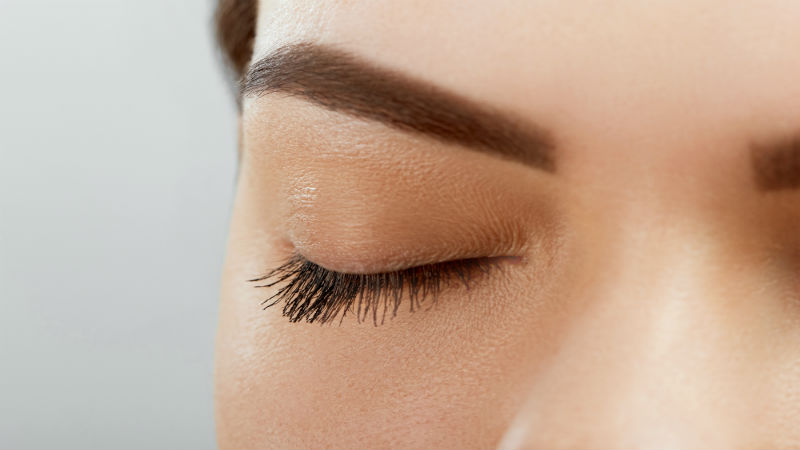BOTOX® is a cosmetic procedure that partially paralyzes the face muscles, eliminating the appearance of wrinkles in the face. BOTOX® uses a purified toxin that can diminish lines in the skin such as forehead wrinkles and crow’s feet for a revitalized and more youthful complexion.
Wrinkles appear because of repetitive muscle contractions in the face. Wrinkle relaxation treatment from BOTOX® treatments in Grand Rapids is available in the form of BOTOX® injections.
Does BOTOX® Eliminate Wrinkles?
BOTOX® is an injection that slows the contractions of the facial muscles. BOTOX® inhibits the appearance of new wrinkles by relaxing the muscles and smoothing out already wrinkled skin.
BOTOX® not only improves the appearance of previously wrinkled skin, but it also makes the skin more elastic, which prevents further wrinkling of the skin after treatment.

Does BOTOX® Hurt?
Botox uses small, thin needles that don’t cause discomfort. You can request a topical anesthetic or ask the clinician to numb the area with a cold pack before the procedure if you are concerned about the needle pricking your skin.
You may experience slight swelling or bruising at the injection site following the treatment, but it quickly subsides.
What are Common Areas for BOTOX® Injections?
BOTOX® injections are usually used in the forehead to diminish forehead lines caused by squinting and overuse of forehead muscles. BOTOX® is also used to reduce crow’s feet on either side of the eyes, as well as to smooth out laugh lines on the sides of the mouth.
What Are the Side Effects?
In some cases, BOTOX® injections spread beyond the treatment area. If you receive injections in the forehead, it is possible for the toxin to spread to the surrounding tissues and cause the eyelids or eyebrows to droop. In most cases, this goes away within about two weeks.
Some patients experience bruising, swelling, redness, inflammation, and even infection at the injection site. Dry mouth, headache, and neck pain have also been reported as side effects of Botox treatment.
Other patients experience more severe side effects, which are suggestive of an allergic reaction to Botox treatment. These are:
- Itching
- Wheezing
- Dizziness
- Faintness
- Asthma
- Rash or red welts
If you experience any of these side effects, visit your doctor immediately.
Will I Feel Numb After BOTOX® Injections?
Some patients report slight numbness, but this is rare and temporary. BOTOX® is not injected into the nerves, so it cannot cause permanent damage or loss of feeling.
When Should I Start BOTOX® Treatments?
Treatment usually starts around the time patients develop deep forehead wrinkles or crow’s feet, which can be anytime from the late 20s to early 40s.
Are There Disadvantages to Long-Term Use of BOTOX®?
Long-term use of BOTOX® injections pose the same risks as a single use of BOTOX®. In fact, your facial muscles will learn not to frown naturally, so you may need less BOTOX® over time.
How Long Does BOTOX® Last?
BOTOX® can last up to six months, but sometimes only about three.
At first, patients return for treatment after about three and a half months. But, with time, wrinkles begin to return more slowly and are less defined, because repetitive treatment shrinks the muscles that cause deep lines.

Can BOTOX® Be Used for Alternative Purposes Besides Wrinkle Correction?
BOTOX® is FDA approved as a treatment to prevent hyperhidrosis or excessive sweating of the palms, armpits, and feet.
BOTOX® can also be used to treat migraines. Individuals with deep forehead lines who receive BOTOX® treatments to smooth out those lines have reported less intense migraines after treatment.
Finally, because the toxins in BOTOX® prevent the muscles from contracting spastically, BOTOX® can be used to treat muscle spasms. Bladder incontinence or loss of bladder control is also caused by muscle spasms and can be treated with BOTOX®.





